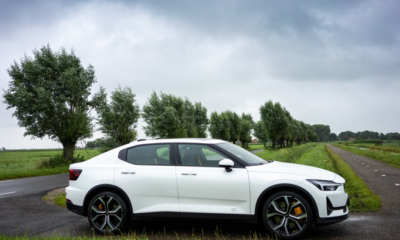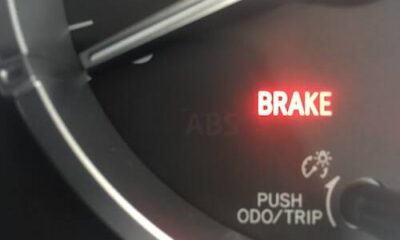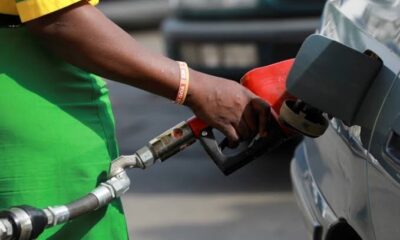SAFETY / CAR CARE
How to know the best tyre pressure
While the max pressure molded into your tire’s sidewall tells you what it can safely be inflated to, it doesn’t take into account the weight of the vehicle it’s supporting; that tire might be the proper size for vehicles that could vary by hundreds of pounds, and different weights need different pressures to wear properly, provide proper handling, and ride comfortably. So that’s not the “best tire pressure.”
The manufacturer’s tire pressure label on the inside of the drivers door jamb takes into account the vehicle’s weight (as it left the factory), so that’s a bit better, but it doesn’t take into account how you drive, where you drive, any ways that the vehicle might have been modified, any cargo that might be carted around in it, the number and size of any passengers that might regularly ride with you, or, of course, whether you’ve replaced the tires with a brand or model that differs from what originally came on the vehicle from the factory. So, while it’s closer to “best,” it’s still not necessarily “best.”
The best way that I know of involves starting with the manufacturer’s recommended pressure (from the label on the driver’s doors or jamb, then regularly inspecting the wear pattern of your tires and adjusting pressures accordingly to optimize tread wear. This accounts for how you drive, the driving conditions (temperatures, precipitation, road conditions, etc), any changes to the vehicle, including cargo or passengers, and tires other than the brand, model, and size that originally came on your vehicle from the factory.
Yes, you need to check the pressure often, and yes, ypu need to understand what certain types of tire wear indicate about tire pressure, but after a few hundred miles, you can be pretty dialed-in on the best pressure for your tires given all the factors that are somewhat unique to you, how you drive, and how your vehicle is equipped.
Here’s a great tire wear guide to give you a good place to start from:

This guide doesn’t necessarily indicate wear caused by “aggressive driving,” such as going around corners quickly, which can cause an under inflated tire to “roll under” so you get signs of scuffing or wear toward the tires’ edges or even onto the sidewall. Conversely, too much pressure might prevent use of the full width of the tire tread, which means you have a narrower contact patch (i.e., the portion of the tire that’s in actual contact with the road surface) so you’re giving up some traction. Autocrossers and other racers often mark the edge and sidewall of a tire with white shoe polish then do a lap or two to see how much (and where) the polish gets rubbed off, then adjust pressures accordingly.
Here’s an example of a tire marked with shoe polish:

Ideally, the proper pressure will wear the polish from the tread block area, and perhaps slightly onto the shoulder, but never into the sidewall, which would indicate that the pressure was far too low and was allowing the tire to roll under while corning. In extreme cases, such low pressure could allow the tire to unseat from the bead, causing a sudden loss of pressure and an extremely dangerous handling situation.
Note that it’s quite possible that the “best” pressure for your tires may not be the same for all of your tires. For example, vehicles with a front-mounted engine often need an extra pound or two (or more) of pressure in the front tires than the rear, because the front tires not only handle steering duty, but provide most of the braking, and are providing most of the support for the weight of the engine and transmission/transaxle. You might even find that each corner needs a different pressure, based on weight distribution or other characteristics.
-

 AVIATION5 years ago
AVIATION5 years agoPhoto News: Air Peace commence flight operations to South Africa
-

 Car News5 years ago
Car News5 years agoPolestar is recalls over 2000 electric cars due to software bug
-

 Technology5 years ago
Technology5 years agoCommon mistakes in CO₂ emissions calculations
-

 RAIL4 years ago
RAIL4 years ago36 Killed in Pakistan Train Accident
-

 Business5 years ago
Business5 years ago2016 Volvo XC60 review and specifications
-

 Reviews5 years ago
Reviews5 years ago2021 Audi A6 Specifications and Review
-

 SAFETY / CAR CARE5 years ago
SAFETY / CAR CARE5 years agoHandbrake warning light; what it means and what to do
-

 NEWS4 years ago
NEWS4 years agoFG To Spend ₦900 Billion On Fuel Subsidy In 2022
